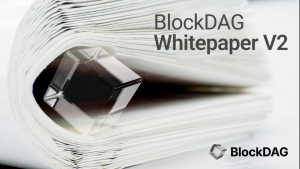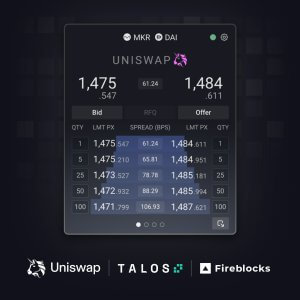Consultation on Term SONIA Reference Rates highlights challenges in transitioning away from LIBOR
Some users will require suitable hedges for financial instruments such as loans, securitisations and floating rate notes which may reference TSRRs in future – so some use of TSRRs in derivative markets is likely.

The transitioning away from LIBOR, which is seen as inevitable by global regulators, has prompted the opening of a new consultation by the Working Group on Sterling Risk-Free Reference Rates.
The document, which seeks feedback from market participants, focuses on the development of Term SONIA Reference Rates (TSRRs).
Let’s recall that the Working Group’s overall objective is to facilitate a broad-based transition from sterling Libor to SONIA by end-2021. SONIA is an overnight rate, whereas LIBOR is most commonly referenced in 3 and 6-month tenors. Derivatives markets participants are typically experienced in the direct use of overnight rates, where payments are calculated based on an average of realised daily rates. But a significant part of end users in loan and debt capital markets report that term rates are essential for their business needs.
In a majority of cases where sterling LIBOR is used, an overnight rate like SONIA will meet users’ needs, the authors of the Consultation paper say. However, outreach has pointed to operational challenges which could inhibit the use of an overnight rate by users in loan and debt capital markets. Furthermore, certain end users in these markets report that term benchmarks serve genuine risk management needs such as cash flow forecasting or managing interest rate risk. The development of TSRRs for use in these markets can therefore play an important role in facilitating transition to SONIA.
Outreach did not identify significant demand for TSRRs from active participants in cleared over- the-counter and exchange-traded derivatives markets; participants note that there is already an active OIS market which references SONIA directly, and interest rate futures which directly reference SONIA have recently been launched. But some users will require suitable hedges for financial instruments such as loans, securitisations and floating rate notes which may reference TSRRs in future – so some use of TSRRs in derivative markets is likely.
TSRRs seek to represent the market’s expectation of the average value of SONIA over a designated tenor. These market expectations can be derived from prices in SONIA derivatives markets.
According to the Consultation Paper, liquidity in the short-dated SONIA OIS market is sufficient to support TSRRs. In the first quarter of 2018, average daily notional turnover of nearly £60 billion was observed for cleared SONIA OIS with maturities of 12 months or less. Daily volumes are variable: they are higher on MPC meeting dates or days with significant economic data releases, but lower volumes are seen on other trading days.
The Working Group considered a number of possible data sources, including executed transaction data and firm, executable quotes, as well as indicative quote surveys.
As a result, firm quotes for SONIA OIS in 1, 3, 6 and 12-month tenors are anticipated to offer the most feasible and robust data sources for TSRRs in the near-term. But these data inputs are not readily available. Market transparency is currently limited – the most reliable quotes may only be available under subscription, and even these may be indicative rather than firm. Therefore, production of a TSRR using firm quotes requires further development in the trading of OIS.
Nevertheless, data sources and methodologies should evolve with changes in market structure, the Working Group notes. For instance, as liquidity develops in SONIA futures these may provide reliable pricing inputs from a regulated market with a high level of transparency and a broad participant base.
The consultation invites feedback on the Working Group’s conclusions regarding the development of TSRRs. Subject to that feedback, as next steps, market participants will be encouraged to list and trade SONIA OIS on platforms with firm quotes and requisite transparency, as well as to implement best practice benchmark design, controls and governance – including fallback arrangements.
The Working Group anticipates that a TSRR could be available in the second half of 2019.
Feedback should be provided by September 30, 2018.
The consultation is launched less than a week after Andrew Bailey, Chief Executive of the Financial Conduct Authority (FCA) stressed the need for market participants to be prepared for transitioning away from LIBOR. He noted that an important step in the transition will be the exploration of the potential to create forward-looking term rates based on the RFRs.









